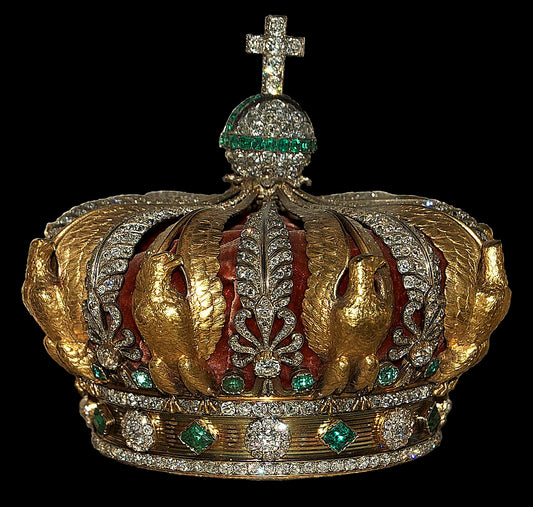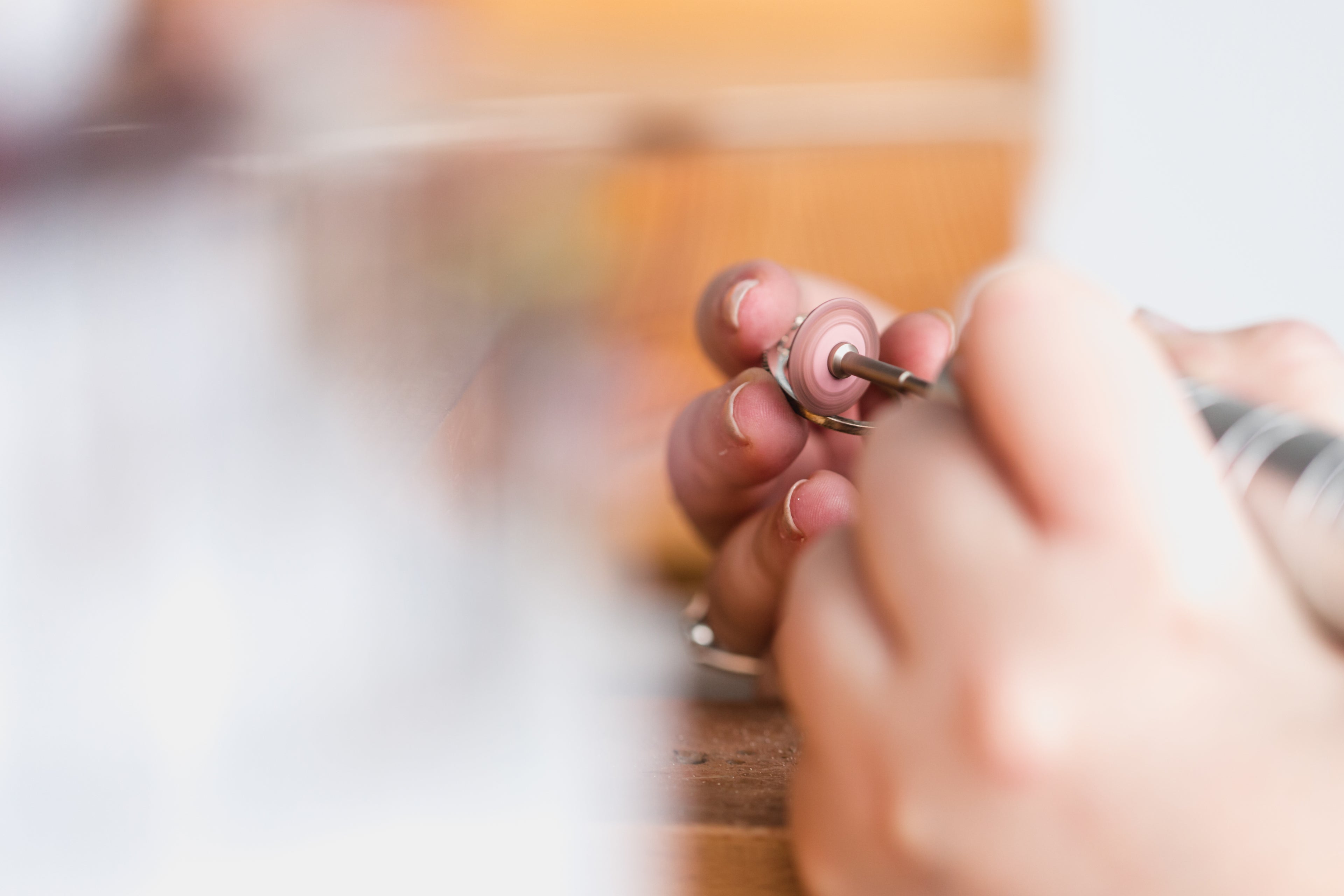The world of jewelry is filled with stunning, eye-catching pieces—but unfortunately, not all of them are as genuine as they appear.
Whether you’re adding to your collection, purchasing a sentimental gift, or even considering an heirloom piece, knowing how to spot fake jewelry is essential. Authentic jewelry holds its value, both financially and emotionally, while counterfeit pieces often fall apart over time. In this blog, we’ll explore tips and tricks to help you identify authentic jewelry, ensuring that every piece you own is the real deal.
Examine the Hallmarks: Your First Clue
 One of the easiest ways to identify real jewelry is by checking for hallmarks. Hallmarks are official stamps that indicate the metal’s purity and authenticity, and they’re often a quick giveaway when it comes to spotting fakes. For example, gold jewelry should have marks like "14K", "585", or "18K" stamped on it, indicating its karat weight, while silver pieces might have “925,” representing sterling silver.
One of the easiest ways to identify real jewelry is by checking for hallmarks. Hallmarks are official stamps that indicate the metal’s purity and authenticity, and they’re often a quick giveaway when it comes to spotting fakes. For example, gold jewelry should have marks like "14K", "585", or "18K" stamped on it, indicating its karat weight, while silver pieces might have “925,” representing sterling silver.
Hallmarks can usually be found in less visible areas of the jewelry, such as inside a ring band or on the clasp of a necklace. If a piece is missing its hallmark or has a hallmark that seems suspicious, it’s worth a closer look. Verifying hallmarks can be done through reputable online databases or with the help of a trusted jeweler. And remember, a missing hallmark doesn’t automatically mean the piece is fake—but it should raise a red flag for further investigation.
Check the Metal Quality: The Devil is in the Details
When it comes to precious metals like gold, silver, and platinum, they each have distinct properties that make them easy to test. One of the simplest methods is the magnet test—since real gold isn’t magnetic, if your "gold" jewelry is drawn to a magnet, that’s a sign it could be fake or gold-plated.
For silver and platinum, weight and resistance to tarnishing can be clues to their authenticity. Genuine silver has a certain heft to it, and while it may tarnish over time, it can be polished back to its original shine. Platinum, on the other hand, is denser and more resistant to wear, but it too has a signature weight that fake metals often lack. You can try these tests at home or visit a jeweler for more thorough evaluations. Checking the quality of the metal is one of the best ways to confirm whether your piece is authentic.
Inspect the Gemstones: Natural vs. Synthetic
One of the trickiest parts of spotting fake jewelry is identifying real gemstones from synthetics or imitations. Real gemstones have unique characteristics that set them apart—whether it’s the fire of a diamond, the characteristic red of a ruby, or the vibrant blue of a sapphire. Each stone has its own optical properties, like the way it refracts light or the natural inclusions that give it character.
For diamonds, a diamond tester can help you quickly verify authenticity by measuring its thermal conductivity. Other gemstones like emeralds, rubies, or sapphires can be closely inspected with a loupe or magnifying glass, where you can check for inclusions or color variations that are typical in natural stones. Synthetic stones are often too “perfect” and may lack the depth and imperfections of a natural gem. Understanding these subtle differences will make it easier for you to spot fake jewelry.
Assess the Craftsmanship: Quality in the Details
Real jewelry isn’t just about materials; it’s also about craftsmanship. Authentic pieces are typically well-made, with smooth finishes, secure settings, and attention to detail. By contrast, fake jewelry often has flaws that are easy to spot if you know what to look for.
Pay close attention to the edges of the piece—are they smooth or rough? Do the stones feel securely set, or are they loose? Is the design consistent, or does it seem uneven or poorly constructed? Fake jewelry often cuts corners on craftsmanship, so comparing the piece to known authentic items can help you spot the discrepancies.
Get a Professional Appraisal: When in Doubt
If you’re ever unsure about the authenticity of a piece, the best course of action is to seek a professional appraisal. A reputable jeweler has the experience and tools necessary to evaluate your jewelry properly. They can assess the metal, the gemstones, and the craftsmanship, and provide you with a detailed report on its authenticity and value.
At Stradley & Daughter, we recommend appraisals not just for peace of mind, but also for insurance purposes. A professional appraisal will provide the documentation you need to ensure your jewelry is properly valued and protected. Whether you’re verifying an existing piece or considering a new purchase, a professional appraisal is always a smart move.
Why Choose Stradley & Daughter for Authentic Jewelry
At Stradley & Daughter, authenticity is at the heart of everything we do. Every piece in our collection is carefully created to ensure it meets the highest standards of quality, and our team is committed to helping you make informed decisions. We take pride in our transparency, so whether you’re verifying an existing piece or shopping for something new, you can trust that our jewelry is as authentic as the connections we build with our customers.
One of our clients shared: “I bought a beautiful pearl necklace from Stradley & Daughter and was so impressed by the quality. Their people made the entire process enjoyable.”
Click here for more client testimonials!
Ensure Your Jewelry's Authenticity with Stradley & Daughter
Investing in genuine jewelry is important, both for sentimental reasons and financial value. Book a consultation with Stradley & Daughter today to verify the authenticity of your current collection or explore our carefully curated selection of high-quality, authentic pieces. Our experts are here to help you make confident, informed decisions.





